Werner W. Müller3540372865, 9783540372868
Table of contents :
Contents……Page 14
1. Technical Regulations……Page 18
References……Page 25
2.1 Materials……Page 27
2.2 Morphology……Page 37
2.3 Manufacture……Page 39
References……Page 48
3.1 Overview……Page 50
3.2.1 External Appearance, Homogeneity, Skew and Waviness……Page 56
3.2.2 Thickness……Page 57
3.2.3 Carbon Black Content and Distribution……Page 58
3.2.4 Melt Mass-flow Rate and Density……Page 63
3.2.5 Dimensional Stability……Page 65
3.2.6 Permeation……Page 70
3.2.7 Thermal Analysis and Measurement of Oxidation Stability……Page 74
3.2.8 Tensile Test……Page 83
3.2.9 Multi-Axial Tension Test (Burst test)……Page 86
3.2.10 Relaxation Test……Page 90
3.2.11 Resistance to Chemicals……Page 92
3.2.12 Resistance to Thermal-Oxidative Degradation……Page 99
3.2.13 Stress Crack Test: Pipe Pressure Test and NCTL Test……Page 103
3.2.14 Weathering Resistance……Page 113
3.2.15 Resistance to Biological Effects……Page 118
3.2.16 Long-Term Tensile Test……Page 123
3.2.17 Friction Properties……Page 125
3.2.18 Long-term Shear Strength Test……Page 131
3.3 Other Tests……Page 135
References……Page 138
4.1 Stress Relaxation and Creep……Page 143
4.2 Phenomenological Dynamical Model……Page 149
4.3 Deformation Behaviour in Tensile and Burst Testing……Page 153
4.4 Determination of Local Strain from the Contour Line……Page 154
References……Page 158
5.1 Ageing……Page 160
5.2 Oxidative Degradation……Page 168
5.2.1 Auto-Oxidation of Non-Stabilised Polyolefins……Page 169
5.2.2 Chemical Stabilisation……Page 174
5.2.3 Structural Stabilisation……Page 181
5.3.1 Description of Crack Phenomena and Terms……Page 182
5.3.2 Test Method for Stress Crack Resistance……Page 186
5.3.3 Excursion into Fracture Mechanics……Page 192
5.3.4 Models for the Description of Stress Crack Formations……Page 201
5.4.1 Stress Cracking……Page 219
5.4.2 Oxidative Degradation of HDPE Geomembranes……Page 225
References……Page 244
6.1 Type and Manufacture of Surface Textures……Page 248
6.2 Tests on Textured Geomembranes……Page 253
6.3 Properties of Textured Geomembranes, Slope Stability of Liner Systems……Page 257
References……Page 262
7.1 Introduction……Page 264
7.2 Mass Transport in Geomembrane……Page 265
7.3 Mass Transport in Soil Materials (Geomembrane Subgrade)……Page 279
7.4 Mass Transport in Composite Liners……Page 288
7.5 Influence of Holes in Geomembranes……Page 296
References……Page 313
8.1 Function of Protective Layers……Page 316
8.2.1 Overview……Page 318
8.2.2 Mineral Protective Layers……Page 321
8.2.3 Geosynthetic Protective Layers……Page 323
8.3.1 Indentations in the Geomembrane……Page 327
8.3.2 Protective Efficiency Test……Page 330
8.3.3 Testing for Puncturing of the Geomembrane……Page 336
References……Page 342
9.1 Introduction: HDPE Geomembranes in Landfill Engineering……Page 345
9.2 Installation Planning……Page 350
9.3 Installation……Page 353
9.3.1 Excursion: Development and Effect of Waves in Geomembranes……Page 360
9.3.2 Anchoring Technique (Riegelbauweise)……Page 365
9.4 Quality Assurance……Page 372
9.4.1 Conditions placed on Installation Companies……Page 380
9.4.2 Conditions for Third-Party Inspectors……Page 384
References……Page 387
10.1 Welding Machines, Devices and Weld Seams……Page 391
10.2 Testing Seams……Page 401
10.3 Process Model for Quality Assessment of Dual Hot Wedge Seams……Page 416
References……Page 430
11.1 Methods for Monitoring Geomembrane Liners……Page 433
11.2 Types of Electrical Leak Detection Systems for CQA……Page 443
11.3 Requirements on Leak Monitoring Systems……Page 447
11.3.1 Efficacy and Assessment of Leak Monitoring Systems……Page 448
11.3.3 Long-term Behaviour and Handling of Leak Monitoring Systems……Page 450
11.4 Types and Frequency of Faults……Page 453
11.5 Leak Monitoring and CQA of Geomembrane Liners……Page 456
References……Page 459
Appendix 1: Requirement Tables……Page 462
Appendix 2: Index of Standards, Guidelines and Recommendations……Page 478
C……Page 489
F……Page 490
L……Page 491
P……Page 492
S……Page 493
W……Page 494
Y……Page 495
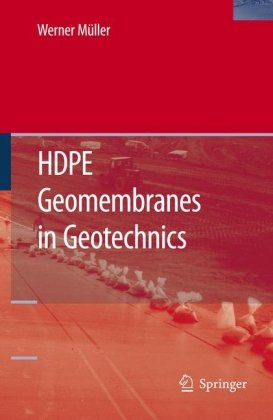
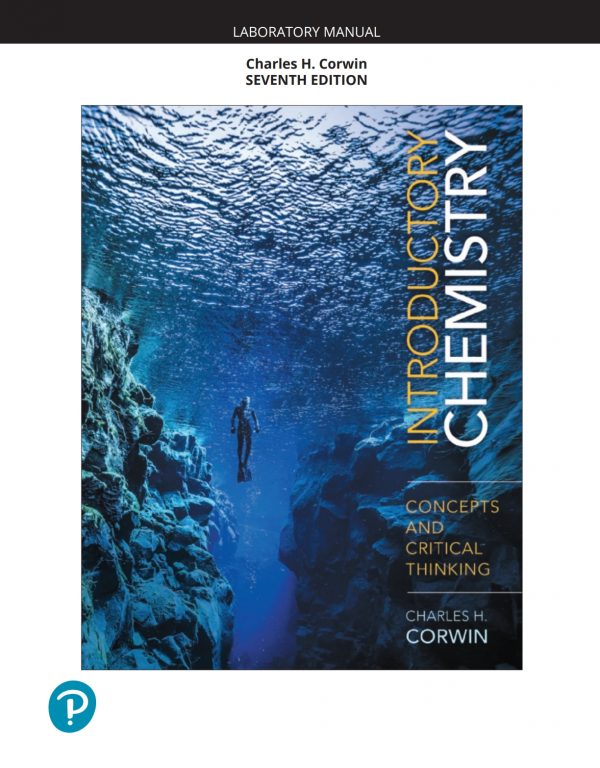
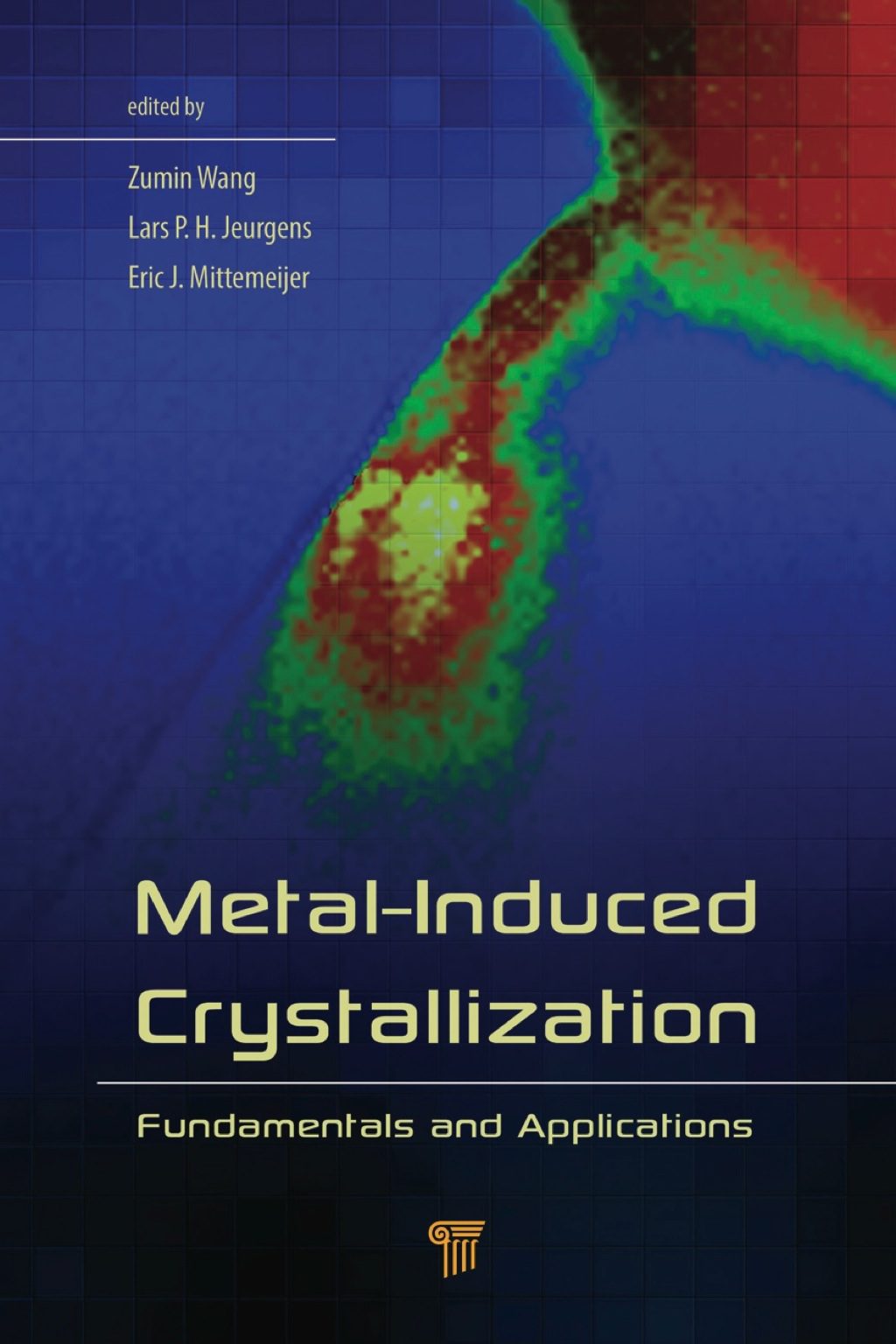
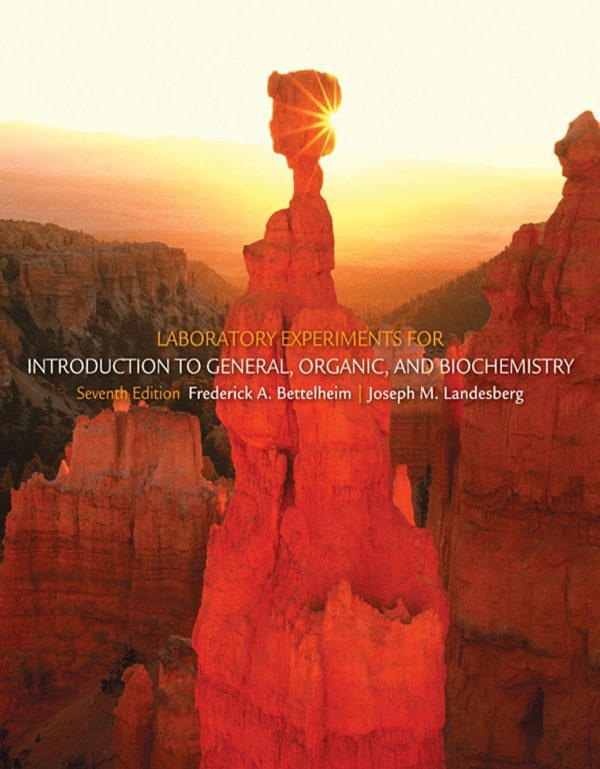
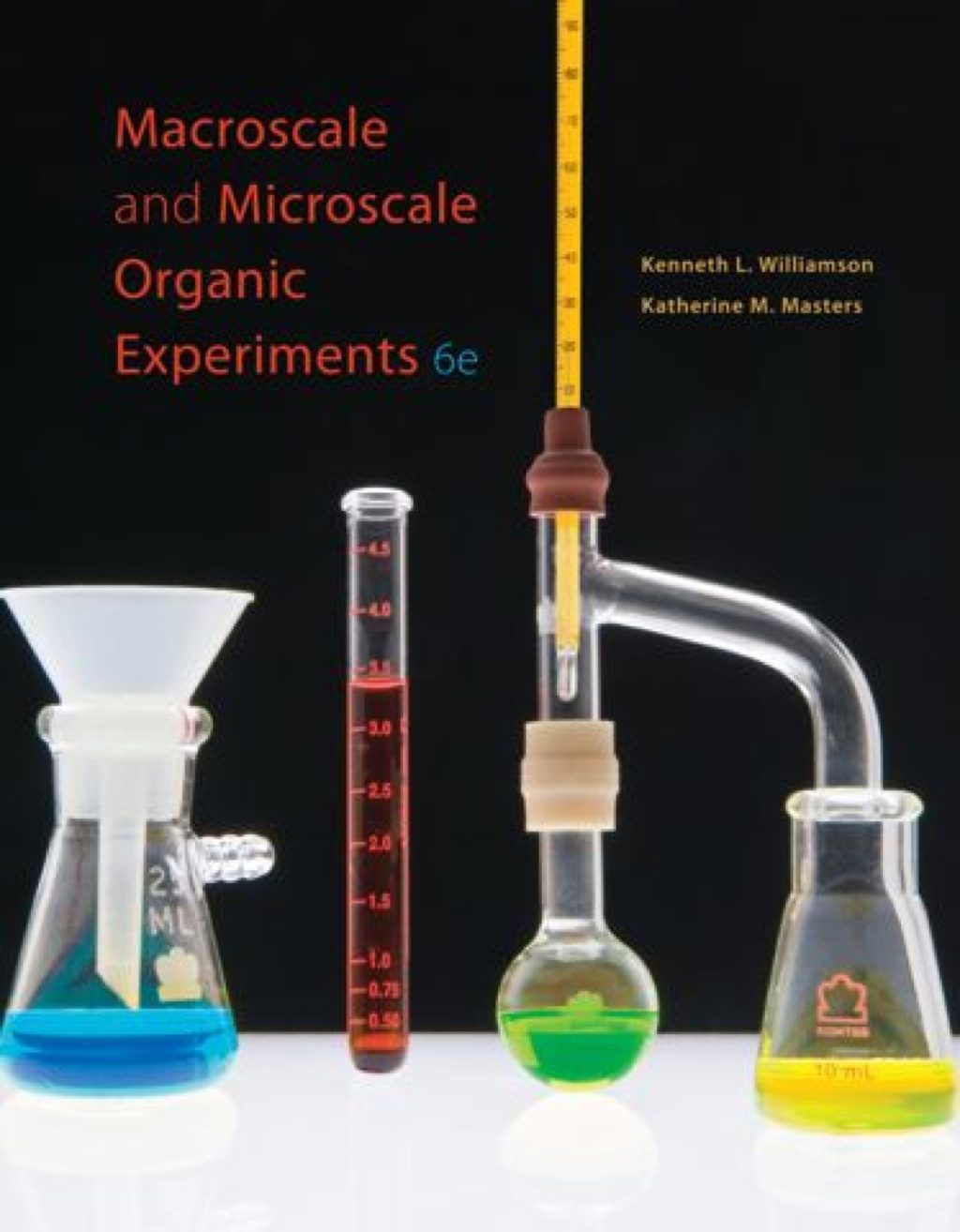


Reviews
There are no reviews yet.